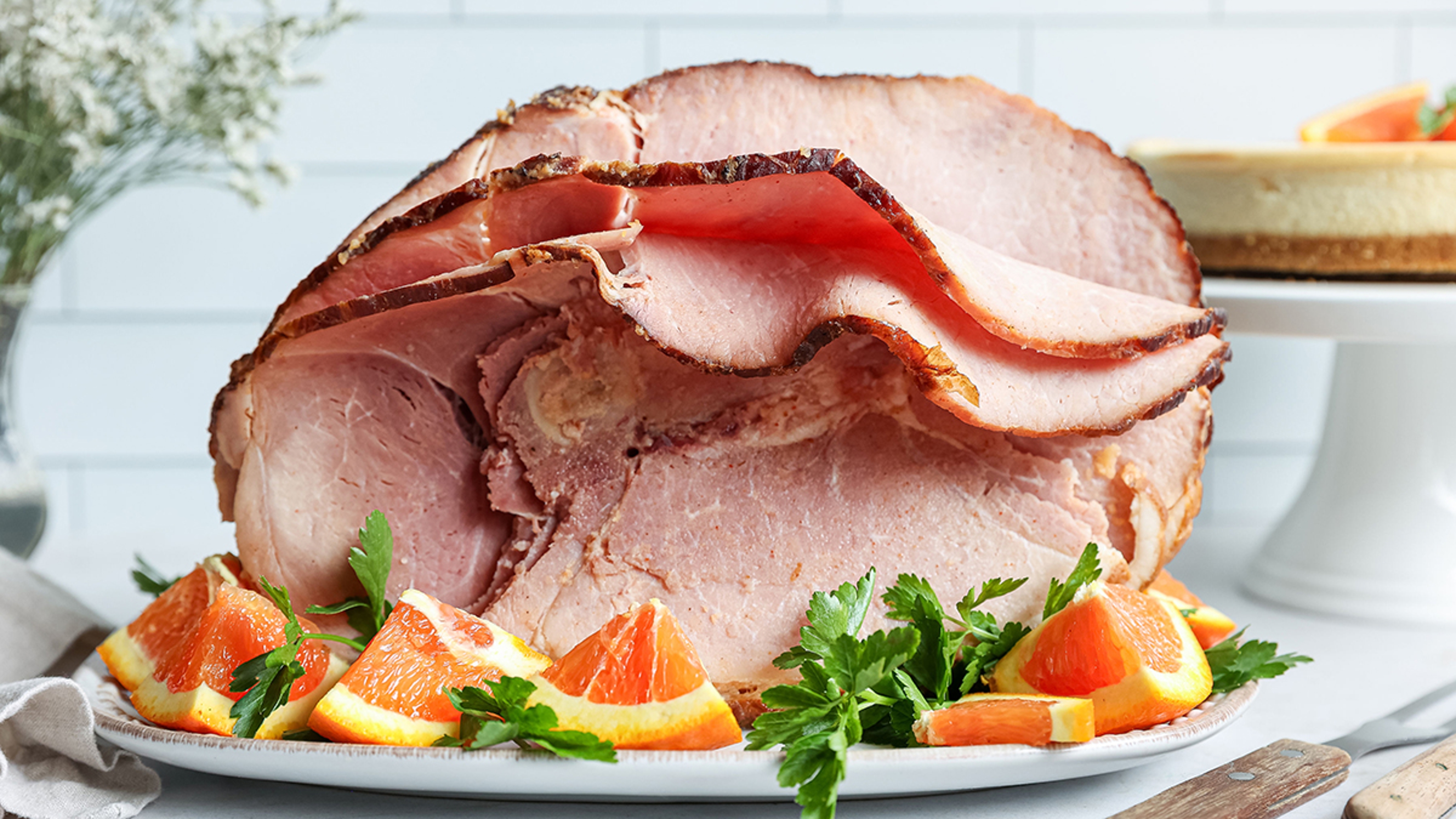5 Best Flowers to Start Cooking With Today
Integrating colorful blossoms into dishes and drinks can take plant-based eating to a new level.
May 10, 2022
From floral-infused martinis to distinctive pastry creations, eatable flowers serve as a striking visual element in foods and beverages. Beyond appearances, they're also a great way to add subtle — and unique — flavors to recipes.
In kombucha, for example, ice cubes made with butterfly pea and viola flower blooms will turn the drink pink and purple as they melt and the pH levels change. Antioxidants called anthocyanins, which give butterfly pea flowers their bluish color, change shades when exposed to acidic elements, like kombucha.
These types of flowers can also be mixed in with breakfast foods, such as oatmeal or yogurt; dried or candied and used as cake décor; or folded into mousses and salads for additional taste and aesthetic appeal. That's all according to Farmer Lee Jones, whose family farm in Huron, Ohio, The Chef's Garden, has produced specialty items for the culinary community for nearly 30 years.
"Eatable flowers are ingredients that, in addition to offering flavor contributions of their own, evoke feelings of whimsy, joy, and natural life," Jones says. "They are tools for storytelling and messaging."
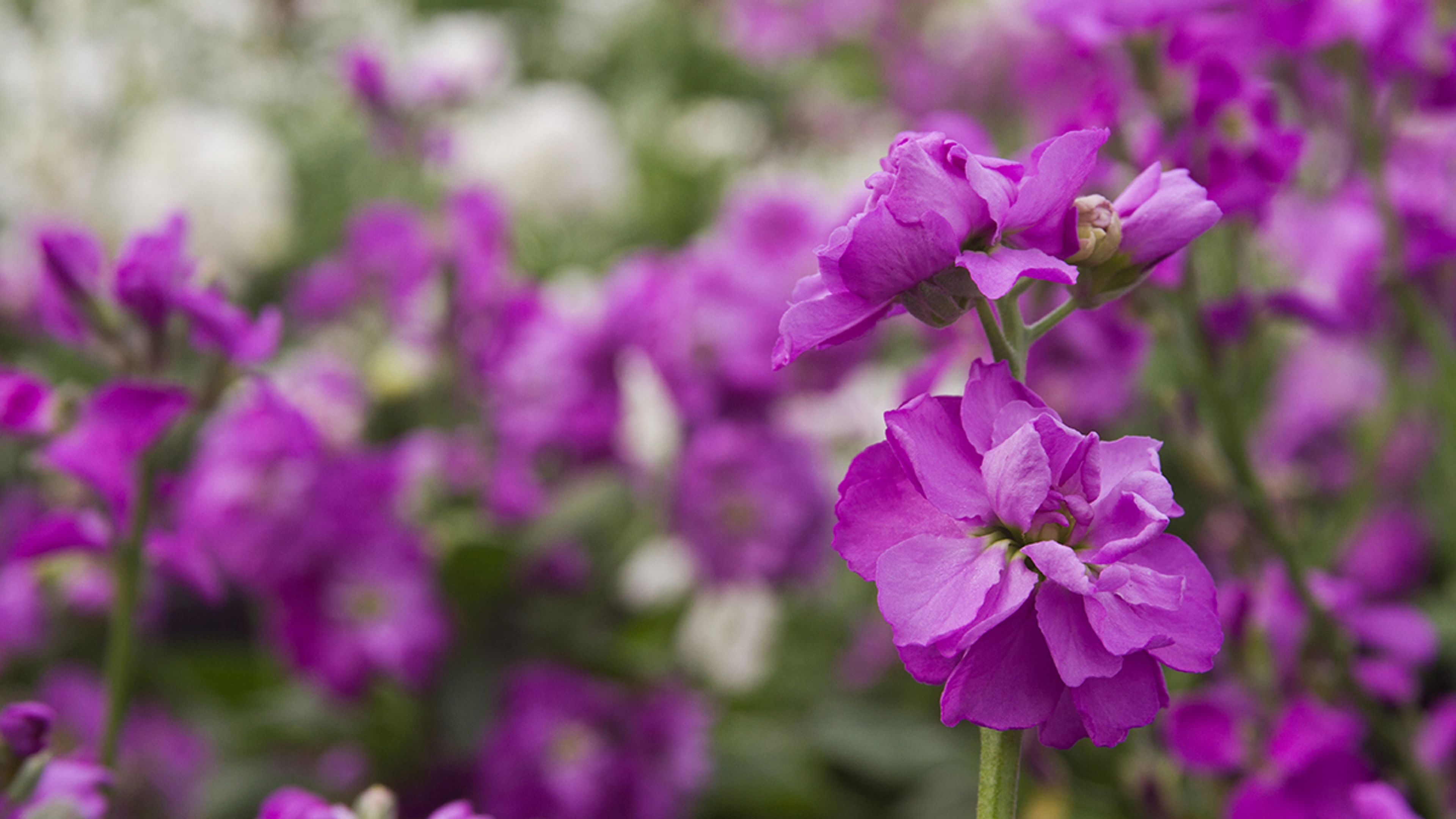
Not all flowers are safe to eat, though; some can be poisonous. To avoid accidentally purchasing ones that have been sprayed with pesticides or fungicides, it's best to look for varieties that were specifically grown for consumption.
Because these particular flowers have distinct scents, tastes, and textures, Jones suggests experimenting with them on their own first.
"Like any other new ingredient, taste eatable flowers alone and in small quantities before trying them with other ingredients," he says. "To truly appreciate their value, incorporate them into recipes and uses of your own."
If you're looking for some initial inspiration, the following five flowers are a great place to start.
Violas
Violas, according to Jones, are one of the most popular picks because they're fairly recognizable flowers and are easy to blend into items such as teas, meringues — or an aviation cocktail; as he says the flower's taste is "an unsweetened, more delicate version" of the crème de violette liqueur used to make it. He says their slight yet undeniable aroma helps offer an "instant suggestion of delicate flavor."
'The natural sugars in the flowers result in a gentle sweetness that is well suited to the scent it accompanies," he says.

Violas can work well, Jones says, in botanically based beverages that have a hint of herbs, such as mint, basil, or hyssop, or in drinks with floral notes, such as lavender or rose. Use them as an embellishment or steeped in syrups and teas to provide more significant flavor.
"Think pink lemonade, gin and tonics, and iced herbal teas," he says. “Desserts, cocktails, lemonades, and myriad other dishes welcome violas with open arms."
Florets
The tiny petals from this flower, which comes in white, deep purple, pink, lavender, and other hues, add color and a light, spicy vegetal flavor to salads and ice cream bases. They also infuse foods with aromas including rose, clove, winter spice, and incense.
Like violas, florets pair well with ingredients, such as cucumbers and cucumber blooms, in drinks — just don't use too many, Jones advises.
"While an entire viola is easily consumed and delicious, a floret, when served whole, can be entirely overpowering," he says. "We recommend dispersing the petals into the beverage.
"A great way to extract the flavor of florets is to steep them, hot or cold, into pre-batched drinks like lemonade or cocktails before straining out the petals, if desired."
Dianthus
With a fairly neutral flavor profile, dianthus blooms are used to add visual flair to foods and beverages.
Jones suggests placing the flower's thin, dainty petals stem side up in consommé, for instance, or another liquid-based dish to emulate swans on a lake, or leveraging them to insert wisps of color into desserts and drinks.
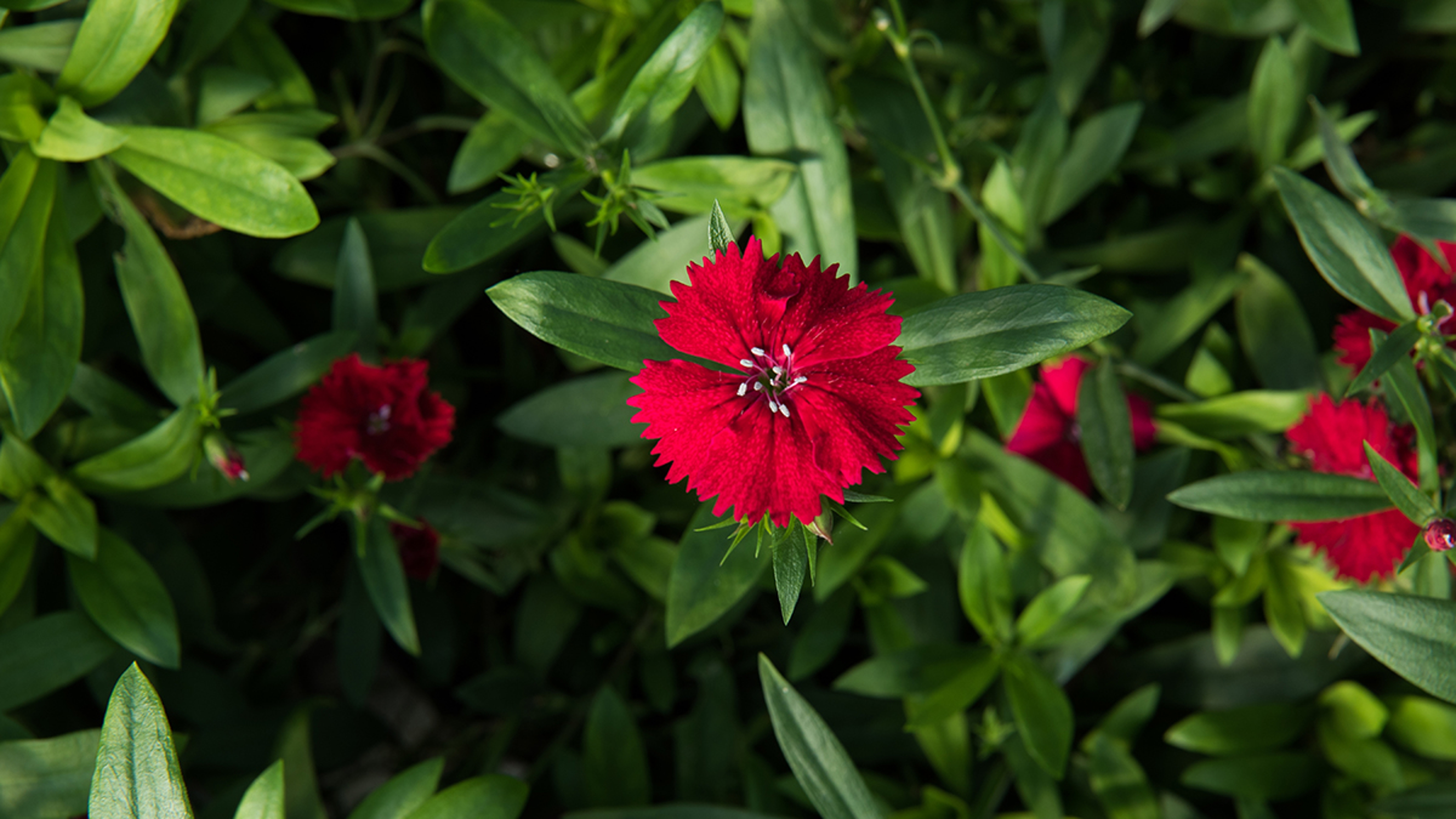
"The petals can be used in or on the frosting for cakes and small baked goods, pressed into shortbread cookies, and dried with other flowers to make eatable confetti," he says. "So long as the underlying flavors of the beverage are herbaceous and/or floral and pair well with the unpresuming flavor of dianthus, there is no wrong answer."
Citrus begonias
This tart floral ingredient, Jones contends, can be incorporated anywhere you would add a squeeze of lemon, such as sushi, grilled vegetables, carpaccio.
“Citrus begonias offer a brightly colored addition of acid," he says. “Their minimal aroma and sour profile make them incredibly food friendly."
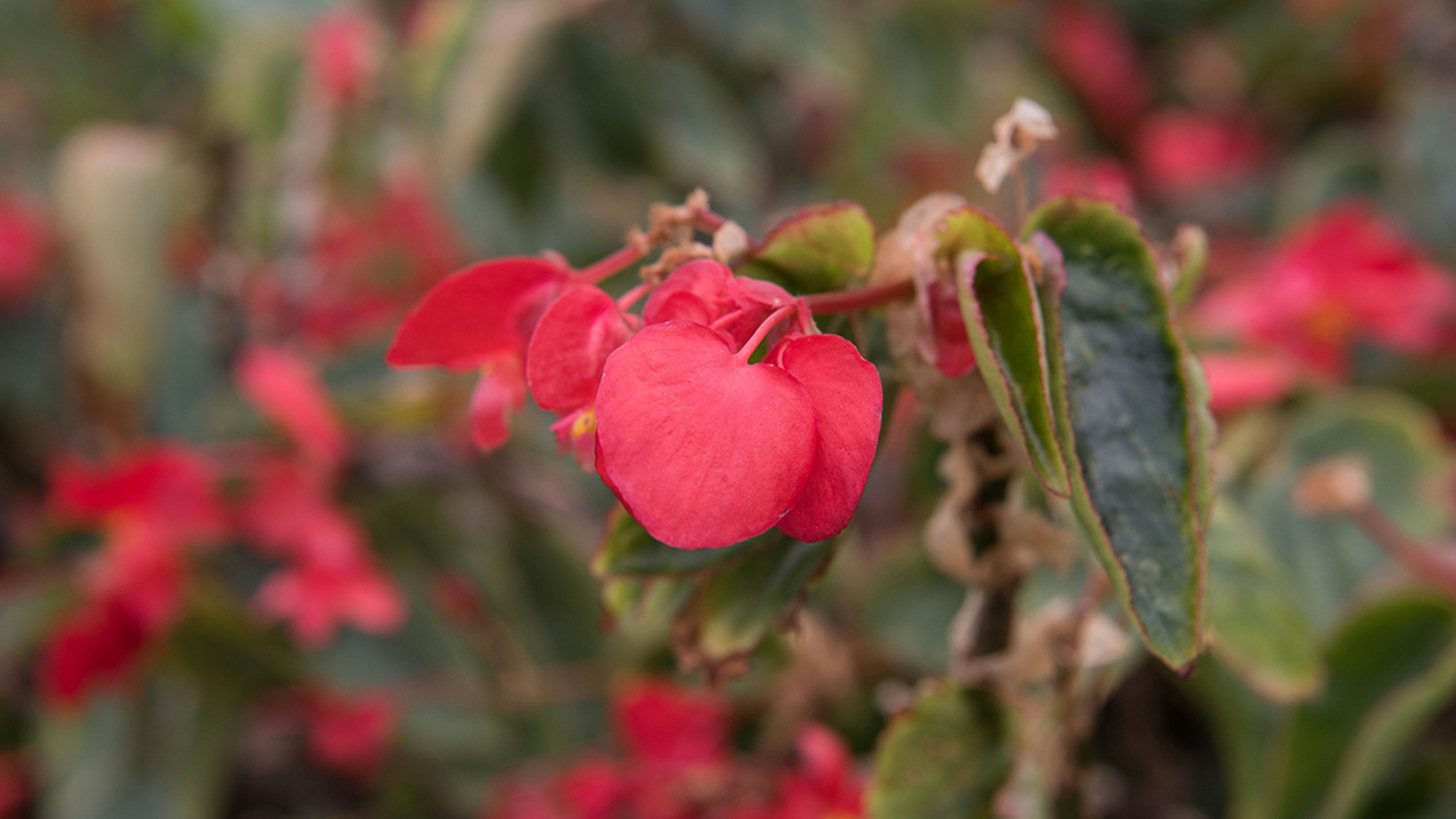
The festive pink flowers are a good fit for sour and other drinks as well. A chilled pilsner beer, for instance, can be poured over a tea made from begonias, and then garnished with a begonia bloom to create a unique drink.
“They also bring moments of refreshment and relief to sweet beverages," Jones says. “When brewing teas that do well with a squeeze of lemon, consider adding begonia petals."
Egyptian starflowers
Like dianthus blooms, Egyptian starflowers offer a mild flavor and minimal floral aroma, according to Jones. Due to its neutral nature, this versatile flower is used as a garnish in both botanical and floral beverages — such as sparkling hibiscus and raspberry lemonade — and can be incorporated into food items ranging from crepes to whipped feta crostini.
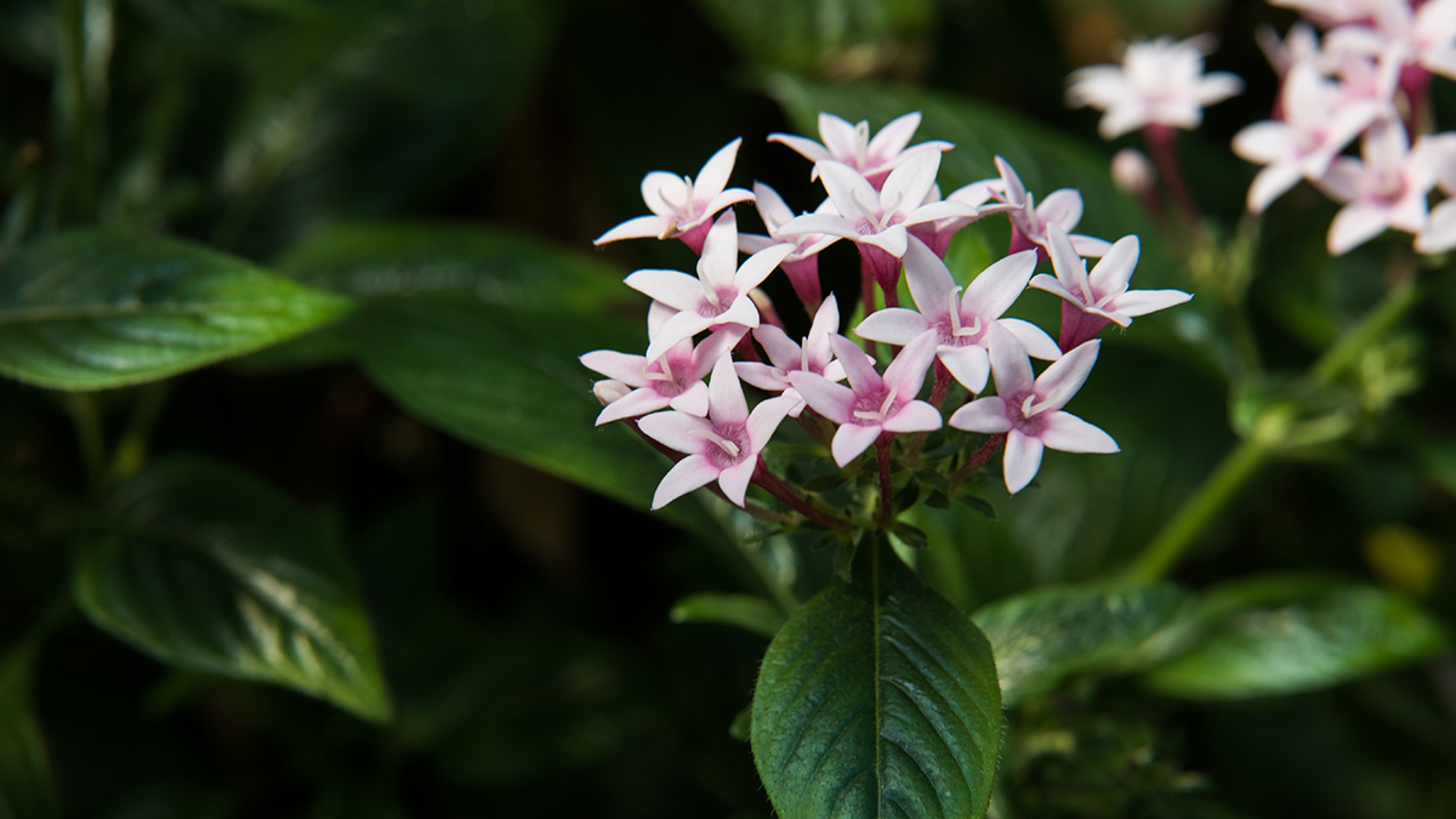
“The intricate petal structure allows you to easily add a bit of finesse and visual intrigue to a dish," Jones says. “Because they offer little of their own flavor contribution but incredible visual appeal, these tiny flowers are best used as eatable art. Petit-fours, cocktail presentations, and hors d'oeuvres are all excellent places to use Egyptian starflowers."
.svg?q=70&width=384&auto=webp)




